Chlorinated Water and Inoculant Peanut Notes No. 66 2022
Avoid using chlorinated water as a carrier for inoculant. Inoculant labels will specify not to use chlorinated water because …



El inglés es el idioma de control de esta página. En la medida en que haya algún conflicto entre la traducción al inglés y la traducción, el inglés prevalece.
Al hacer clic en el enlace de traducción se activa un servicio de traducción gratuito para convertir la página al español. Al igual que con cualquier traducción por Internet, la conversión no es sensible al contexto y puede que no traduzca el texto en su significado original. NC State Extension no garantiza la exactitud del texto traducido. Por favor, tenga en cuenta que algunas aplicaciones y/o servicios pueden no funcionar como se espera cuando se traducen.
Inglês é o idioma de controle desta página. Na medida que haja algum conflito entre o texto original em Inglês e a tradução, o Inglês prevalece.
Ao clicar no link de tradução, um serviço gratuito de tradução será ativado para converter a página para o Português. Como em qualquer tradução pela internet, a conversão não é sensivel ao contexto e pode não ocorrer a tradução para o significado orginal. O serviço de Extensão da Carolina do Norte (NC State Extension) não garante a exatidão do texto traduzido. Por favor, observe que algumas funções ou serviços podem não funcionar como esperado após a tradução.
English is the controlling language of this page. To the extent there is any conflict between the English text and the translation, English controls.
Clicking on the translation link activates a free translation service to convert the page to Spanish. As with any Internet translation, the conversion is not context-sensitive and may not translate the text to its original meaning. NC State Extension does not guarantee the accuracy of the translated text. Please note that some applications and/or services may not function as expected when translated.
Collapse ▲Avoid using chlorinated water as a carrier for inoculant. Inoculant labels will specify not to use chlorinated water because …
We generally see our highest yields when we plant in mid May. Sometimes yield of peanuts planted in late …

We’ve been getting a few questions about how to best utilize cool germ for making planting decisions. As mentioned …

Soil temperature at Rocky Mount was 64 degrees at 8 this morning, but we still have a few more …

Stripe rust has appeared in eastern North Carolina. It was found yesterday in field plots of DG Shirley in …
Question: Any guys planting peanuts yet? Have a grower that says he is ready to go tomorrow [April 23] but …
Question: What KI do you use as a cutoff for not putting any potash out on peanuts? The soybean folks …

According to Dr. Edmisten, planting conditions are improving. With planters rolling soon, we urge growers to think about thrips …
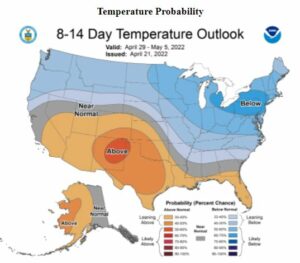
Soil temperatures were 56 degrees at 8 a.m. at Rocky Mount this morning. They did climb to 65 by …
I do not recommend cultivating peanuts except under rare conditions. But I won’t argue about it. A discussion about …
With higher production costs there is a lot of interest in cutting inputs. Pesticides fall into that area. In …
The following link is associated with questions and discussions at the NPB listening session from a few weeks …
I discourage use of fertilizers applied in the seed furrow. I don’t see any benefit and we have on …
Question: What are your thoughts of running 20 gallons to the acre of water for inoculant? Jordan: That is high and beyond …
This will be the last article on this subject before we transition to the Planting Conditions Reports. We are …

In this Crop$ense Podcast episode we discuss some early season considerations for NC soybean production. The links to research …
Question: I have a grower that is spraying burndown on cotton and soybean land using 2,4-D roundup valor and has …
Question: I have a grower that would like to apply Prowl H20 behind the planter. Grower has always had it preplant …
Can You Trust Science? Rick Brandenburg Extension Specialist Department of Entomology and Plant Pathology These are certainly challenging times we live in. However, …
This past winter at our peanut production meetings, I spent time discussing a key comment and question I received …
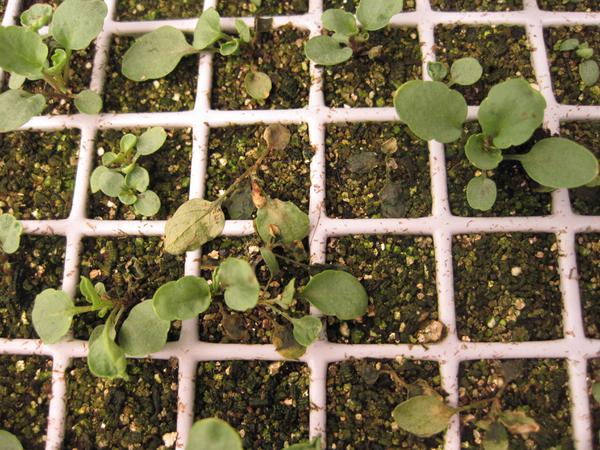
This factsheet offers information on damping off in flower and vegetable seedlings, a result of …
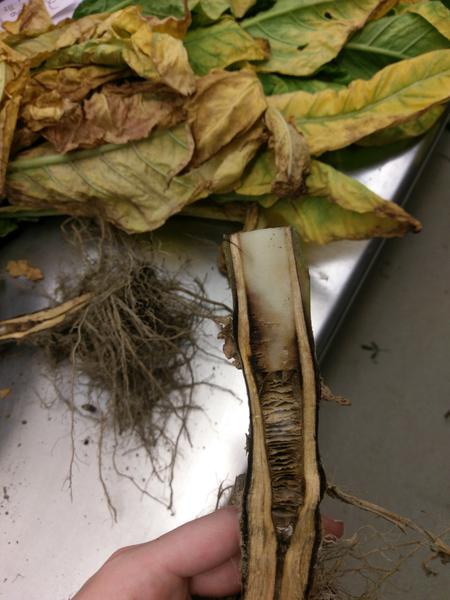
Black shank is an economically important disease of tobacco that threatens production in North Carolina. …

This guide presents basic facts about seeds, including how they develop, how to store and …
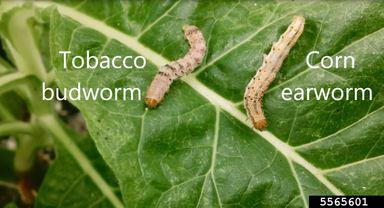
This factsheet discusses the biology, damage, and management of the corn earworm and tobacco budworm …
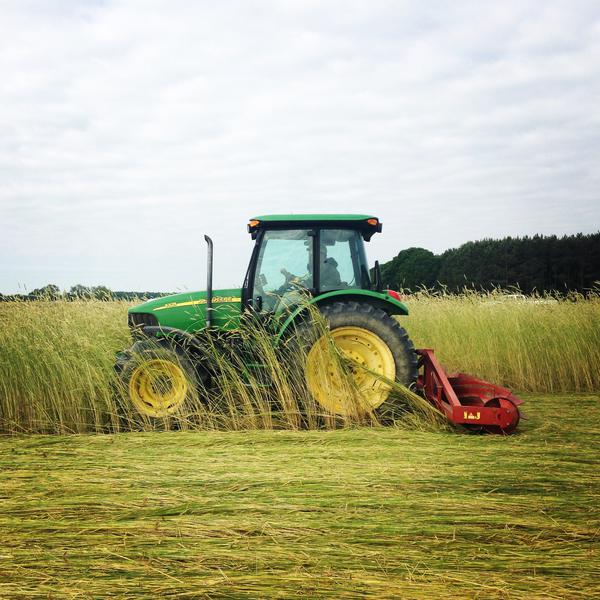
This publication discusses the use of cereal rye as a cover crop in soybeans in …

This factsheet discusses the effect on soybean fields after a hurricane and how to proceed …
This publication describes the symptoms of a lightning strike in soybeans in North Carolina.
This publication discusses planting depth for soybean producers in North Carolina.